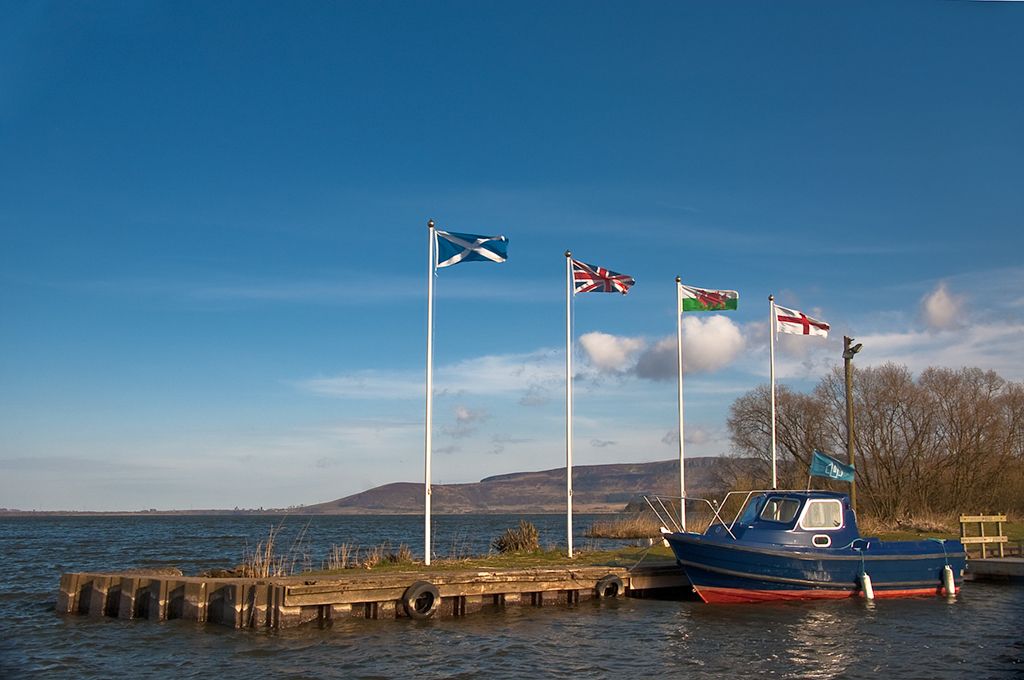All was relatively calm in Scotland during the EU referendum campaign. So shortly after the Scottish election, most of the political funding was spent; many students and activists felt they had done enough for the year. Of course, there was a Remain and Leave presence on the streets and the Scottish Greens had a distinct ‘Greener In’ campaign, but this was nothing compared to the election buzz of May. Looking at some of the xenophobic and racist elements of the Leave campaign in England, many of my peers were horrified. It seemed that everyone I knew would vote Remain. Most people I spoke to said they would, and predictions were that the Remain camp would prevail in Scotland. In a way, people didn’t seem to believe that Brexit could really happen and this disbelief could be felt on the streets when campaigning. On the day of the referendum, not a single person I stopped at a busy rail station in Glasgow said they would vote Leave, even though one person jokingly pretended to tear up the Remain sticker I handed to him. The feeling was very positive and hopeful; many thought there was no point campaigning as the result was a given – we would remain in the EU.
Therefore, to say that the Brexit result came as a shock to the Scots would be a massive understatement. When I walked out of my apartment on the day after, I came across a neighbour who kept repeating ‘how did this happen, and why?’ At work most people appeared visibly sullen. Even some who had voted to leave seemed now unsure. People started fearing for their jobs. In Scotland, where 62% had voted to stay in the EU, the anger was palpable. The anger created a tense atmosphere; Nazi stickers went up along the river Clyde, young people complained about old people making decisions for them, people of all ages complained about England, protesters gathered in Glasgow and Edinburgh. With this feeling of anger came a feeling of hopelessness, especially among young people, many of whom saw themselves as European and now were about to graduate from school, college or university into an uncertain world of work.
The day after the referendum, a petition for a second Brexit referendum was launched in England, whereas the Scottish Greens launched a petition calling for the Scottish Parliament ‘to examine and exhaust every option for continuing Scotland’s close ties with Europe’. The Scottish Prime Minister Nicola Sturgeon said she would look at every alternative to keep Scotland in Europe, including another referendum on Scottish independence. A poll immediately taken showed that the support of Scottish independence went from 45% in 2014 to 52% in 2016 making a second independence referendum a serious option for Scotland to avoid Brexit.
However, as the excitement for a Scottish independence referendum grew, Sturgeon also suffered setbacks, such as France and Spain opposing the possibility of the EU negotiating potential membership for Scotland. Figures in the Scottish Parliament such as the Conservative leader Ruth Davidson also strongly rejected a second independence referendum. It will be interesting to see how this situation will develop in Scotland and what sort of role the Scottish Greens might have in the Brexit talks. For now, many people in Scotland are determined to stay in Europe and to fight against a decision they did not vote for, and every Scottish MEP and MP is determined to show that Scotland chose to remain.
You can download the article in PDF here.
Kate Samuels (1990) is based in Scotland and is the International Officer for the ‘Scottish Young Greens’.


